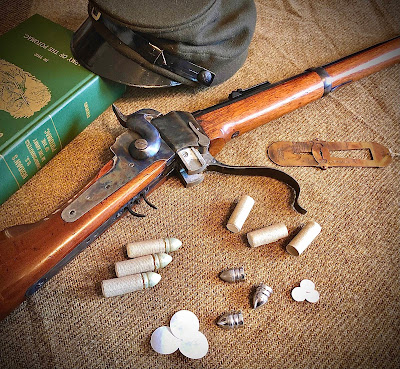Coming Out with a Whole Hide: A Sharpshooter Describes the Wilderness

A fter nearly two years of relatively quiet service on the California and Oregon frontiers with the 2 nd California Infantry, Kentucky native Sexton W. Williams secured a transfer into Co. F of the 2 nd U.S. Sharpshooters and journeyed east to serve with the Army of the Potomac. The regiment found itself in a very hot place indeed on May 6, 1864 during the Battle of the Wilderness. The sharpshooters had been supporting General Hobart Ward’s infantry line when a Confederate attack spearheaded by General Joseph Kershaw’s division knocked the Federal line to pieces and fell upon the sharpshooters. “When they were driven back, we charged upon the enemy and checked them until our infantry could form behind us,” Williams recalled. “This was repeated four times, losing over half our number in killed and wounded. My company went in with 21 men, had one killed, six wounded, and two missing. Of the seven captains in our regiment, six were...







